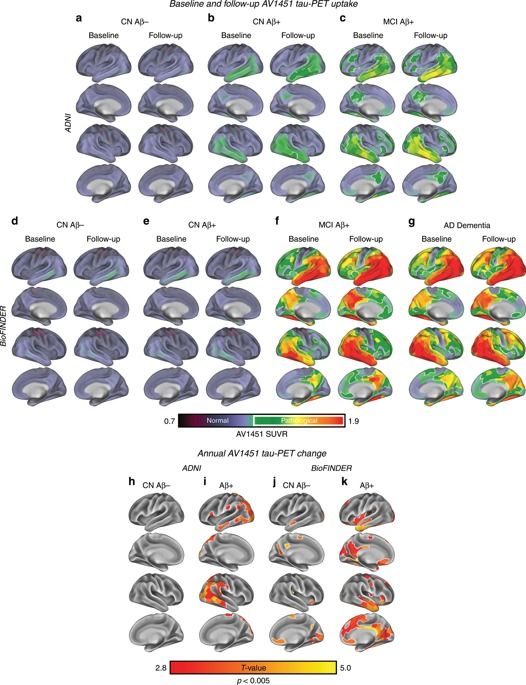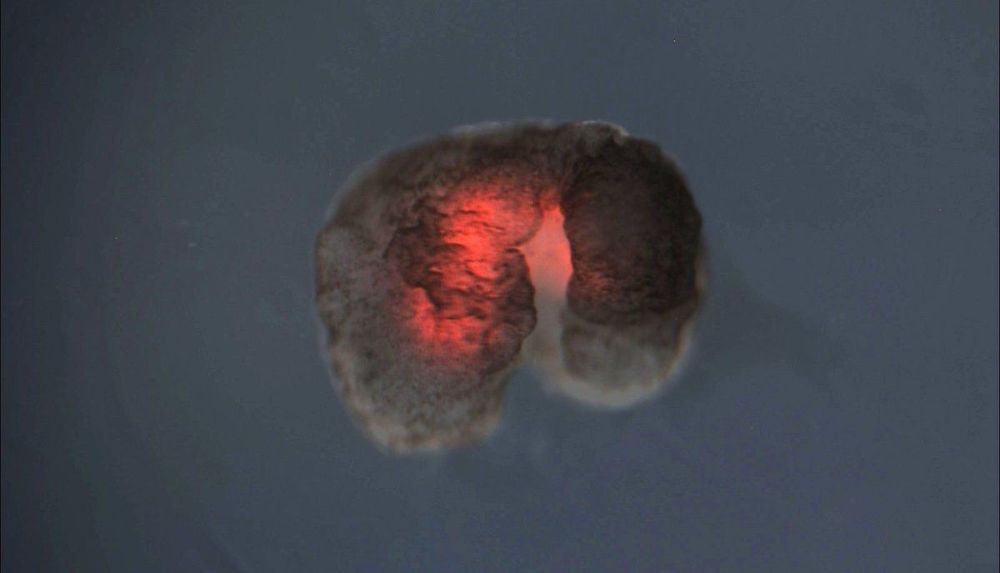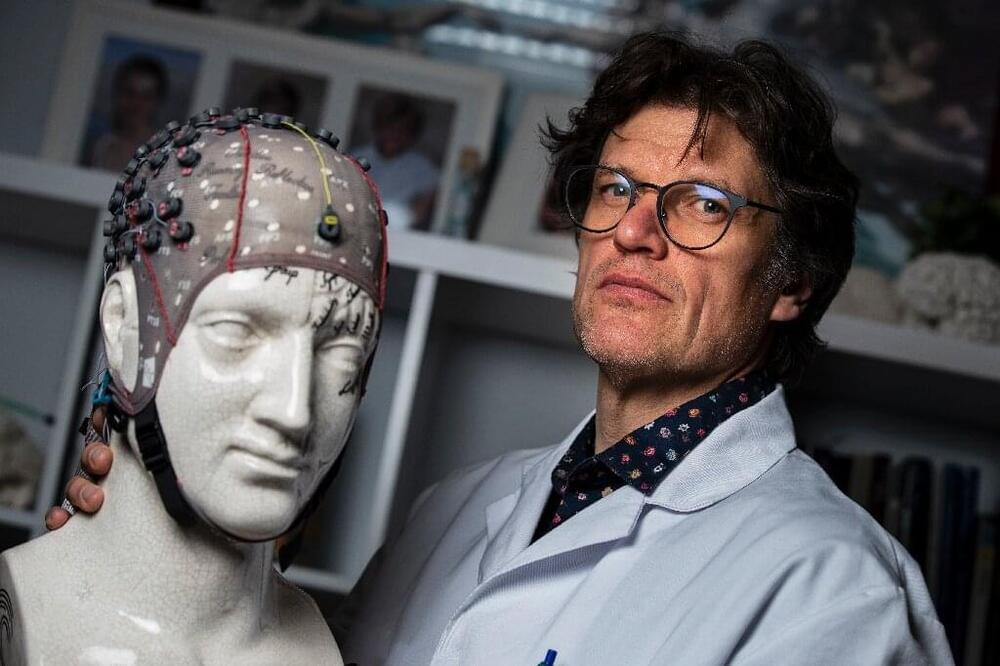The chemicals, known as PFAS, have been associated with cancer, liver damage, and developmental issues.


Advancements in neurotechnology are blurring the line between biology and technology. There is an emerging push to implant electronic devices inside the human body, hardwire them to our brains, and allow us to not only overcome disadvantages or injury but open up entirely new avenues of human experience.
VICE’s Thomas Morton got an inside look at what might be the next evolutionary step for humankind.
Check out VICE News for more: http://vicenews.com
Follow VICE News here:
Facebook: https://www.facebook.com/vicenews
Twitter: https://twitter.com/vicenews
Tumblr: http://vicenews.tumblr.com/
Instagram: http://instagram.com/vicenews
More videos from the VICE network: https://www.fb.com/vicevideo
#VICEonHBO


This article is reprinted by permission from NextAvenue.org.
During the last Alzheimer’s disease support meeting I attended at my mother’s assisted living center, I sheepishly asked if anyone else was worried about their own risk for the disease.
A lot of hands went up.


Scientists have created the world’s first living, self-healing robots using stem cells from frogs.
Named xenobots after the African clawed frog (Xenopus laevis) from which they take their stem cells, the machines are less than a millimeter (0.04 inches) wide — small enough to travel inside human bodies. They can walk and swim, survive for weeks without food and work together in groups.
These are “entirely new life-forms,” said the University of Vermont, which conducted the research with Tufts University.


Not all patients who fall into a coma return, and when they do it can mark a moment of joy for their loved ones—but their troubles are rarely over.
Often, brain damage leaves them paralysed or unable to communicate.
Belgian neurologist Steven Laureys has dedicated himself to the question of how to improve the lives of the formerly comatose, and of their families.

There are a few dozen antiaging rejuvenation treatments that are progressing through pre-clinical and clinical trials.
Lifespan.io is tracking the antiaging rejuvenation treatments on a rejuvenation roadmap.
Two treatments are in phase 3 clinical trial.
